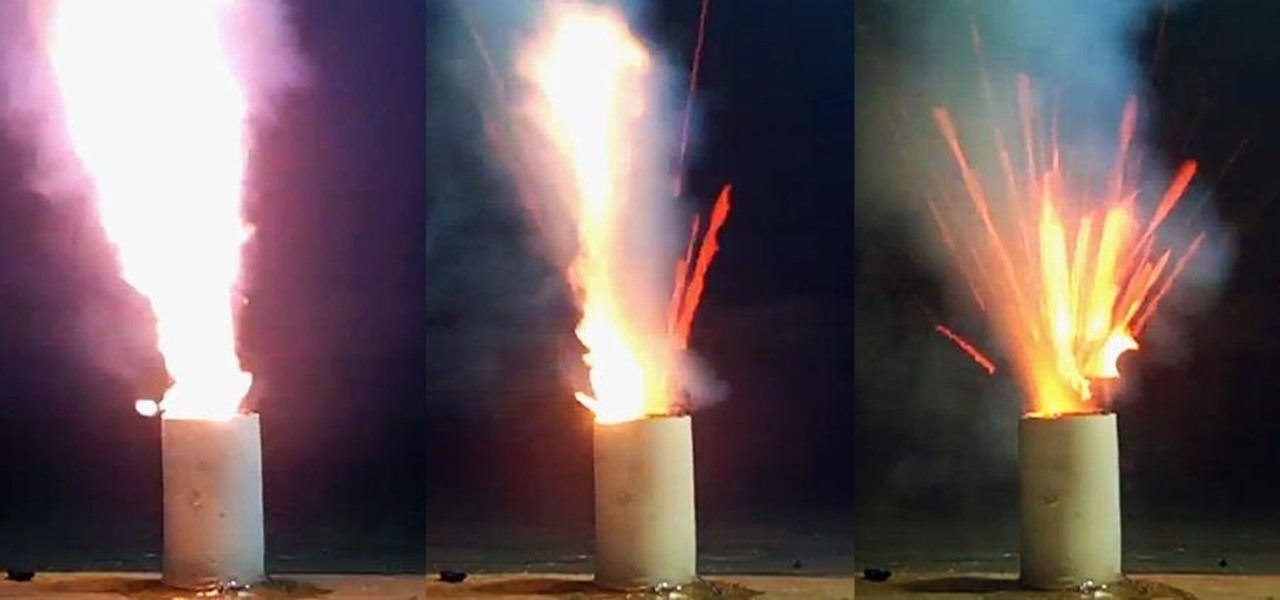Everything Else

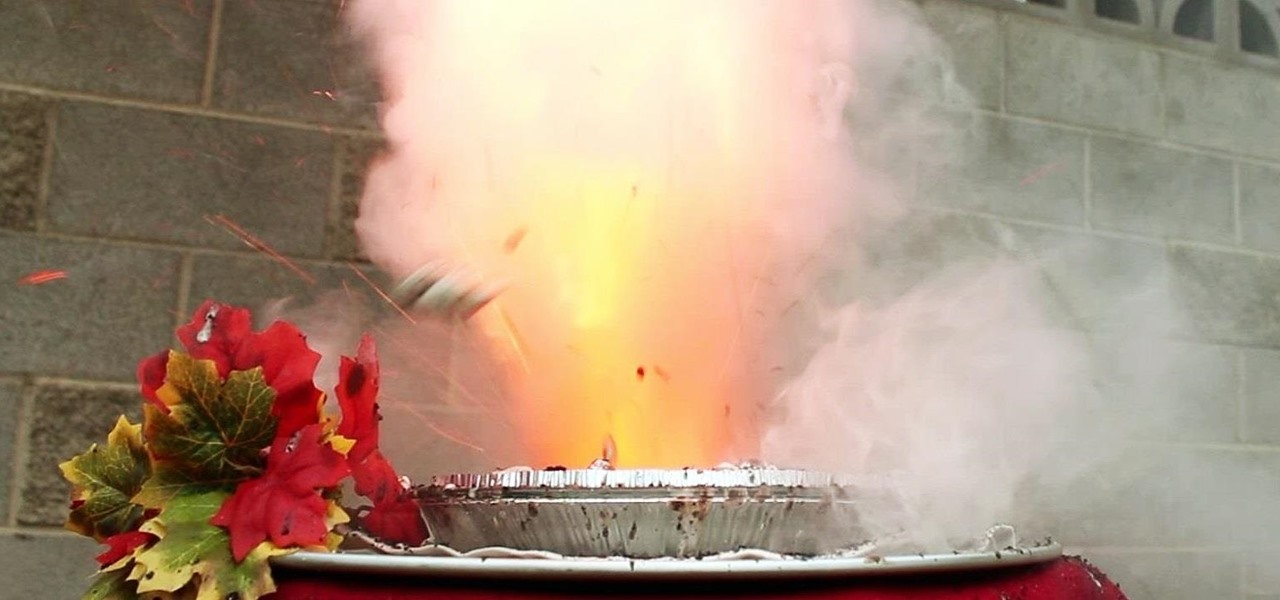
How To: Make a Mega Dangerous PIE-Rotechnic Thanksgiving Dessert
Why can't Thanksgiving be a celebration of fireworks, too? This year, it can be with an innocent looking pumpkin pie that erupts an insane fountain of flames and fire! In fact, the pie filling is actually a flammable mixture of sugar and potassium nitrate, which was made using the same process as my DIY smoke flares with fuses.
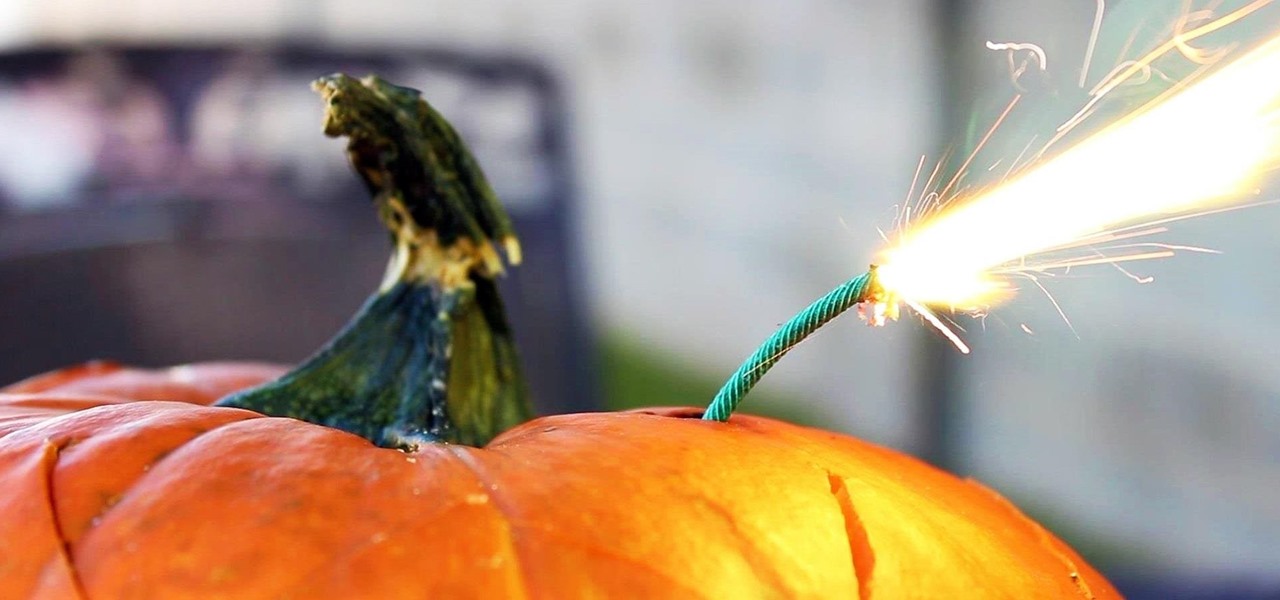
How To: Make an Exploding Pumpkin Face (aka Blast-O'-Lantern) for Halloween
Carving pumpkins into creepy looking jack-o’-lanterns for Halloween can actually become fairly boring and tedious if you’re doing the same thing year after year. This time, jump into a whole new realm of Halloween fun with some exploding pumpkin faces! I like to call them blast-o’-lanterns, but can call them whatever you want.
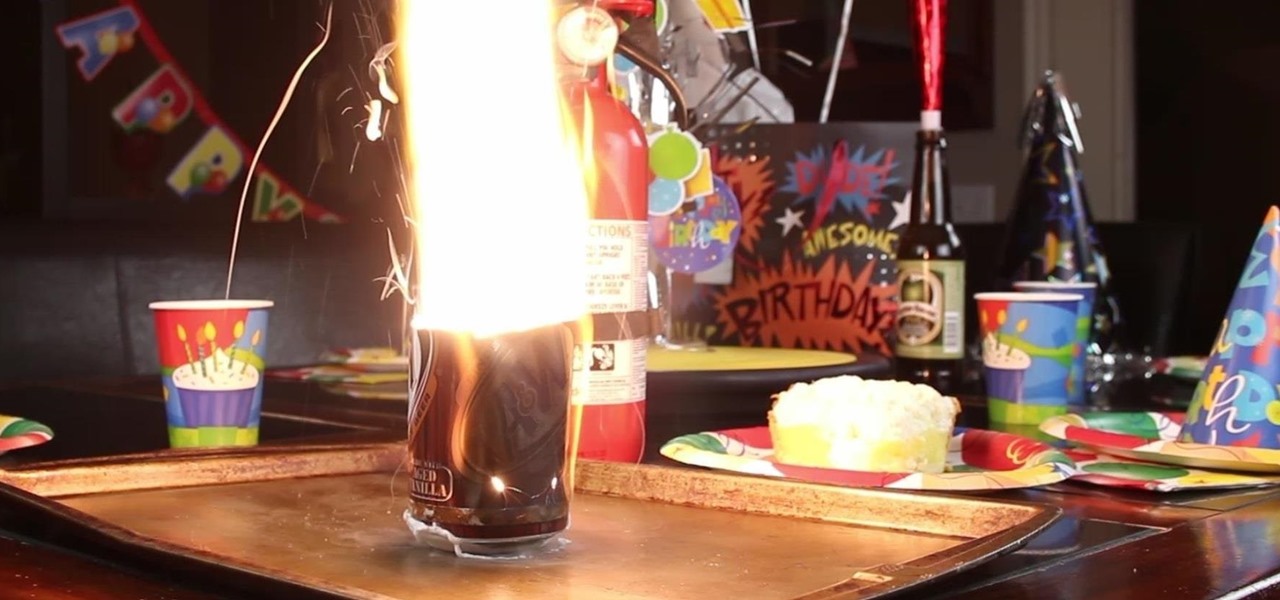
How To: 10 Things to Do at a Birthday Party with Liquid Nitrogen
If you've got a birthday party to plan for a young budding scientist coming up, a little nitrogen should do the trick. In this project, I'll show you 10 "super cool" tricks with liquid nitrogen that you could try, but probably shouldn't!
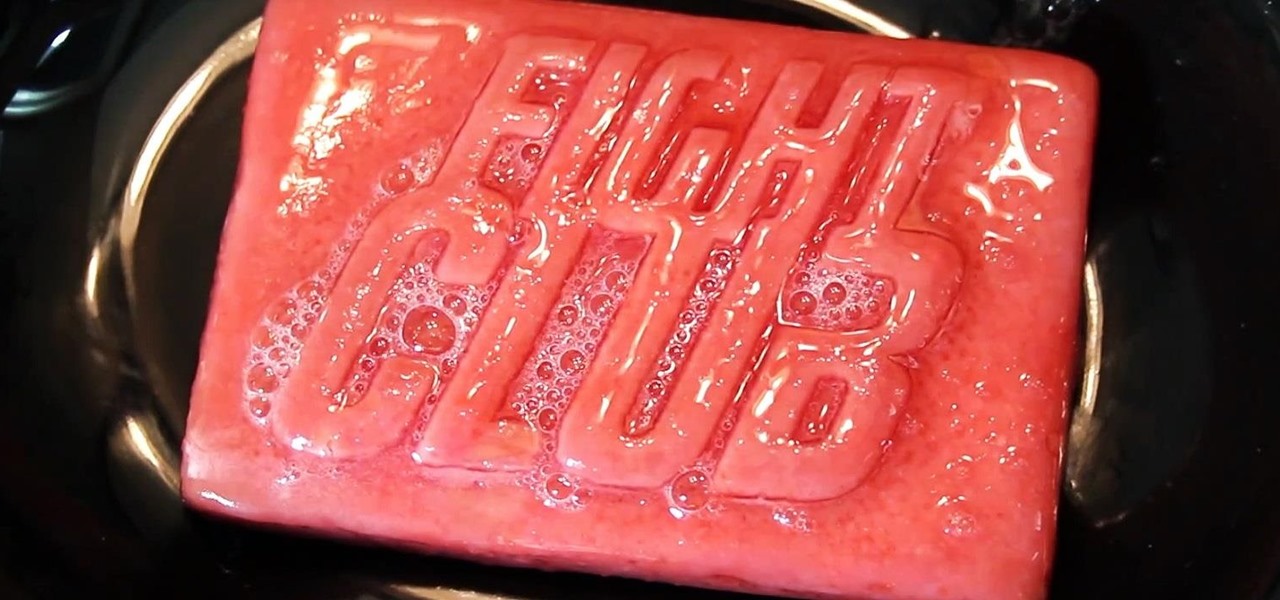
How To: Make "Fight Club" Soap Out of Bacon & Drain Cleaner
To make soap, you need fat, and if you've seen Fight Club, you're probably well aware of where soapmaker Tyler Durden got his fat from. Liposuction clinics. If you're not willing to go that far for a perfect bar of homemade soap, you can just use some drain cleaner and America's favorite food instead—bacon!
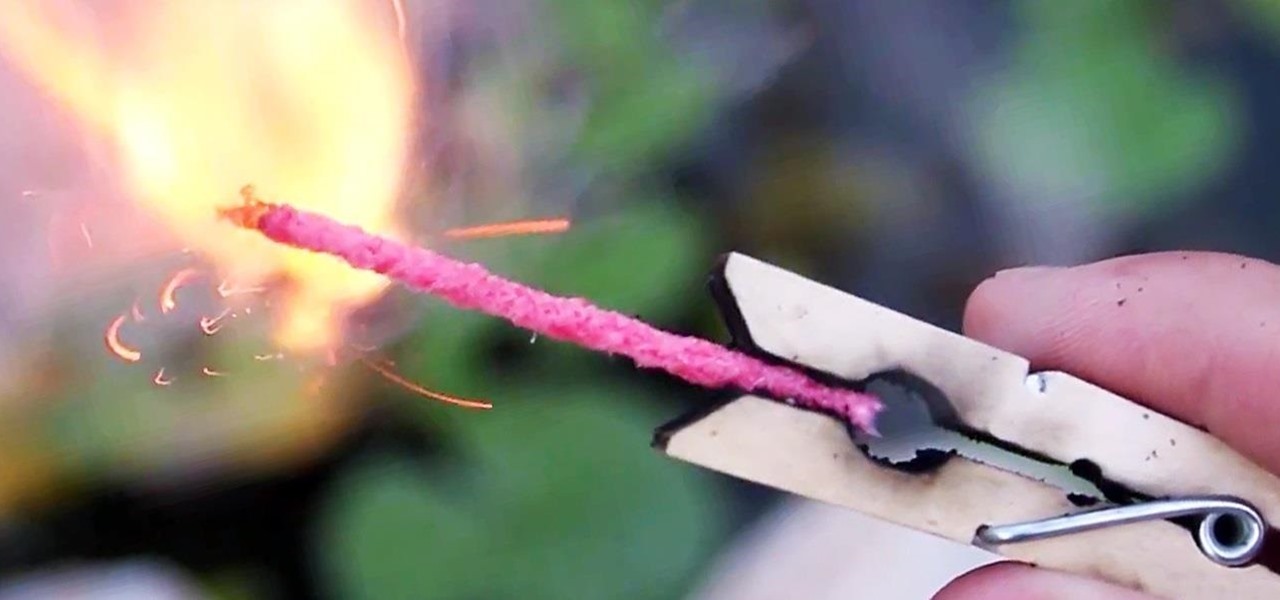
Improvised Handheld Fireworks: How to Make Homemade Sparklers
The big fireworks day is almost here, but most of you are limited in what you can do when it comes to celebrating the Fourth of July with a bang. Unless you live in a dry area prone to wildfires, one type of fireworks you can probably still legally buy are sparklers.
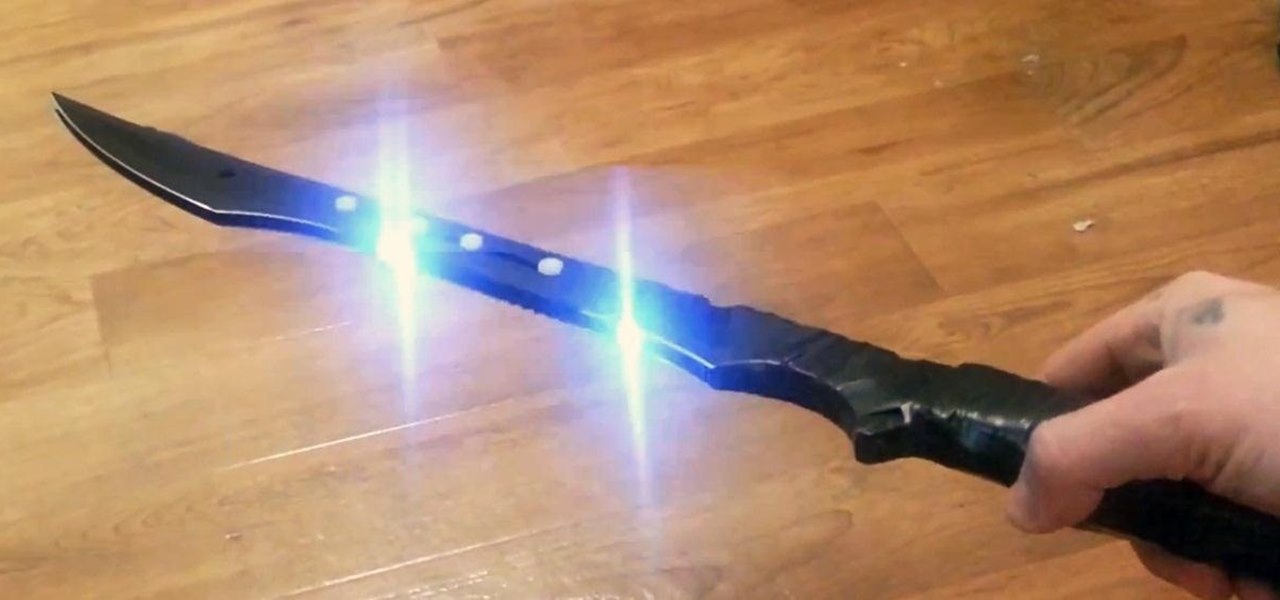
How To: This DIY Double-Bladed 'Stun Sword' Shocks and Slices Simultaneously
When it comes to melee combat, two swords can definitely be better than one. Throw a stun gun on top of that and you've got a seriously terrifying weapon. That's exactly what YouTuber jonathanj9969 did with his homemade double-bladed stun sword.
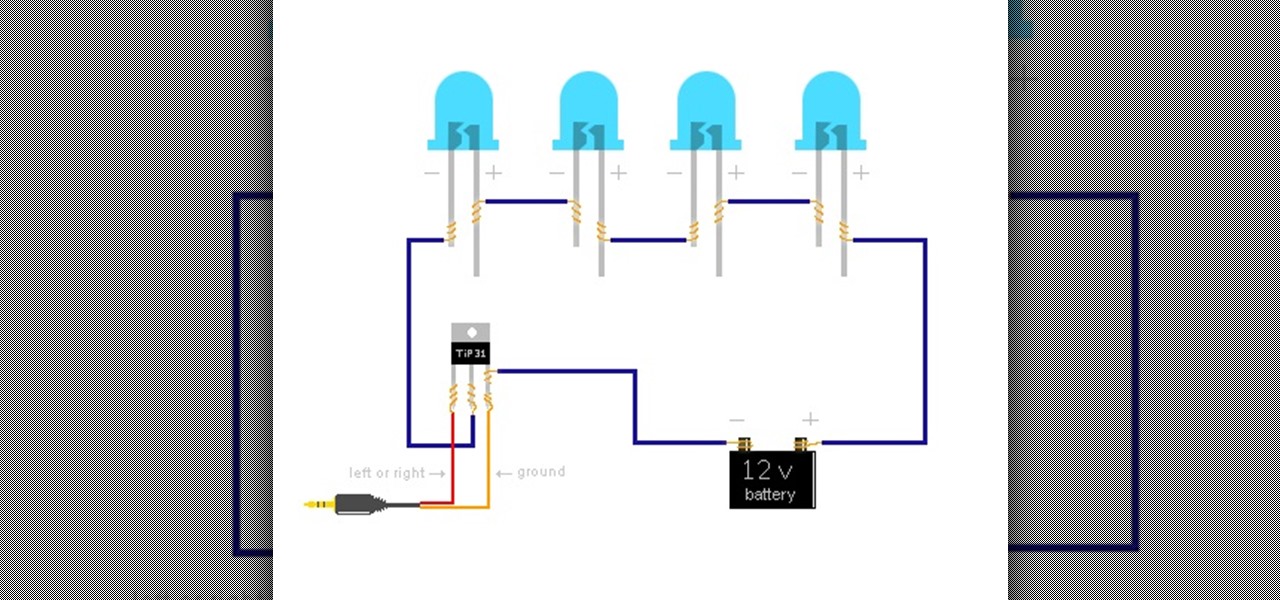
How To: Make a Sound Responsive Led's ?
REQUIREMENTS: LED's,connecting wires,tip 31 transistor,battery,3.5 mm audio jack,soldering machine,soldering wire,soldering paste.
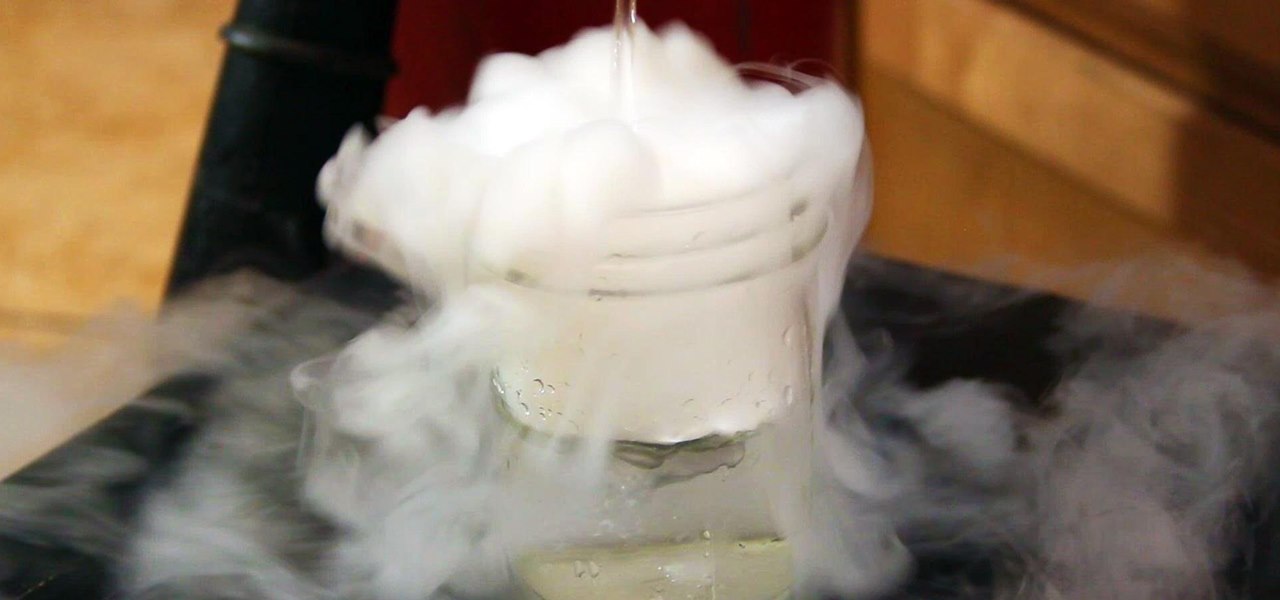
How To: Make Dry Ice at Home Using a CO2 Fire Extinguisher
Here's how to make dry-ice at home, or wherever you feel like it! All you need is a pillow case, and a CO2 fire extinguisher.

How To: Make a Fake, Pirate-Worthy Gold Bar on the Cheap
I loved the Gold Rush unit back in third grade. We went up to the American River and panned for gold, and my panning skills balled above all. I got like three tiny pellets. Of course, it was all fool's gold, aka pyrite, but it was still pretty legit. And this was before wearing gold chains was cool—or not.
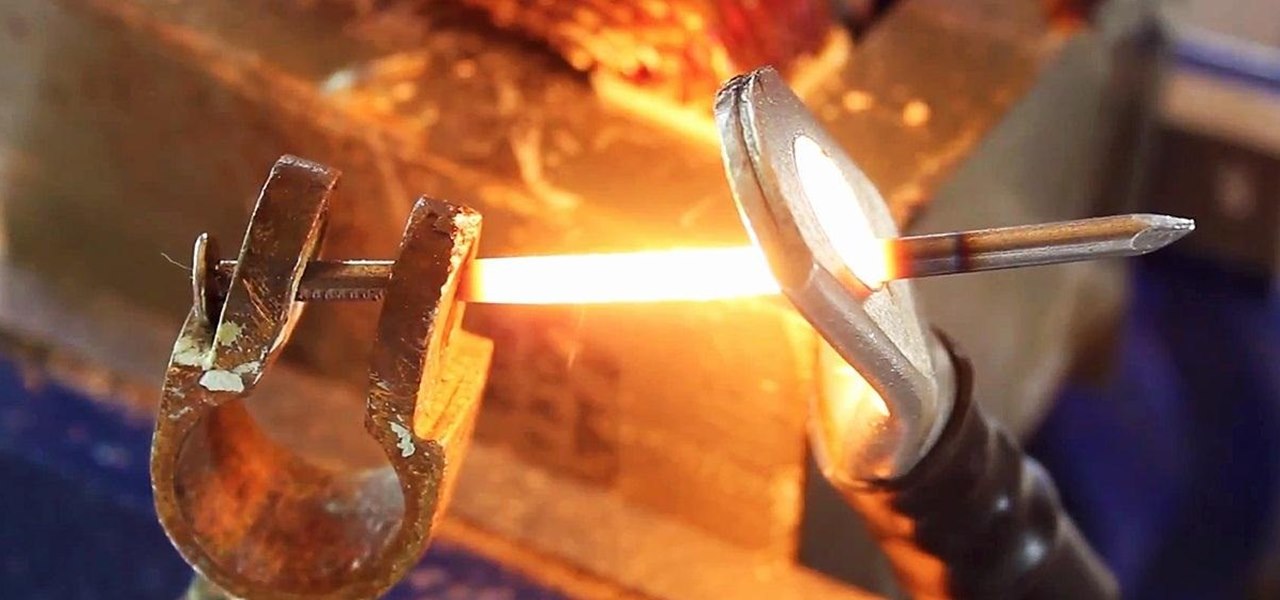
How To: Turn a Microwave Oven Transformer into a High Amperage Metal Melter!
In this project, you'll learn step by step how to modify a microwave oven transformer into a high-current device that can pump out 800 amps of electrical current, which is enough amperage to melt metal. If you liked the Metal Melter you saw in my previous project, here's how you can make your own!

How To: Light Up the Night Sky with Your Own Burning 'Cincinnati Fire Kite' That Flies by Itself
Not many people fly kites anymore. Most of us don't have the patience or attention span because, let's face it, we're used to smartphones and other gadgets that have games and apps galore to entertain us. Heck, you can even fly a kite on them if you really want.
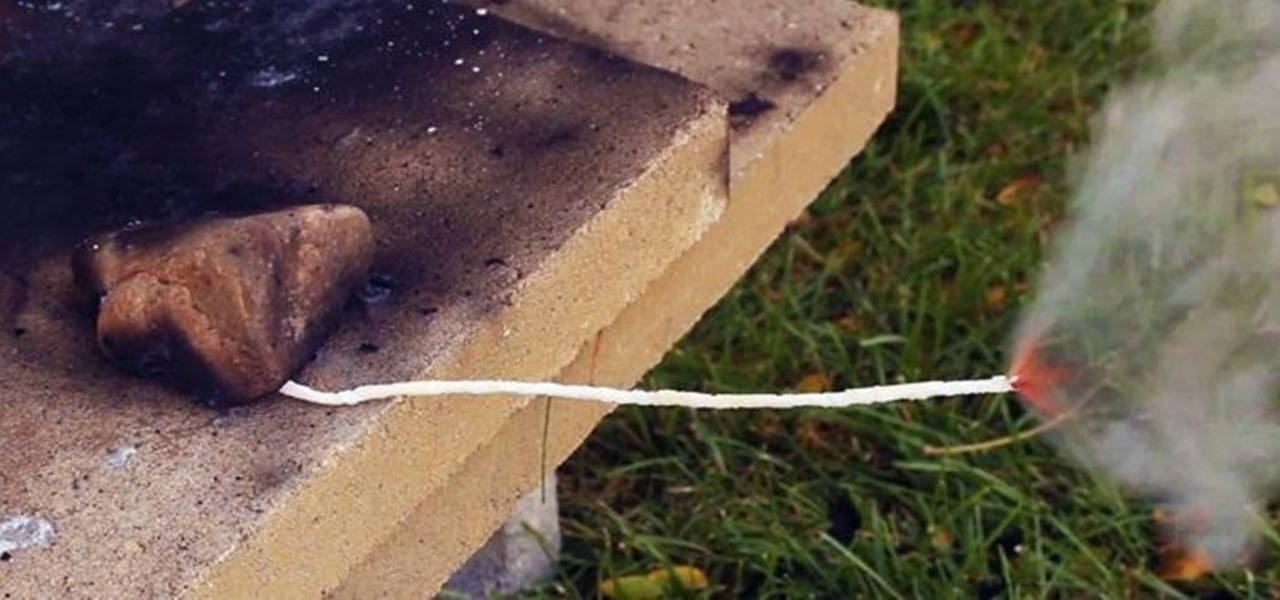
How To: Make Slow Burning Fuses from Yarn, Sugar, & Potassium Nitrate
Here's how to make a simple form of a slow burning fuse from materials around the house. WARNING: Ignition of an incendiary or explosive material may not be legal in your area, so check local laws before attempting. Use of this video content is at your own risk.

How To: Build a Long Range Laser Spy System for Eavesdropping on Your Neighbors
Eavesdropping from a distance can be tricky because it usually requires some sort of bug or transmitter. It's easy to transmit audio through lasers, but you can also use lasers to build a microphone that picks up audio from a distance. LucidScience built the Laser Spy System for about $20. To make your own, you'll need a cheap laser pointer, an NPN phototransistor, a headphone amp, and a few other small pieces listed below. A light-to-sound circuit is installed in a small plastic box with the...
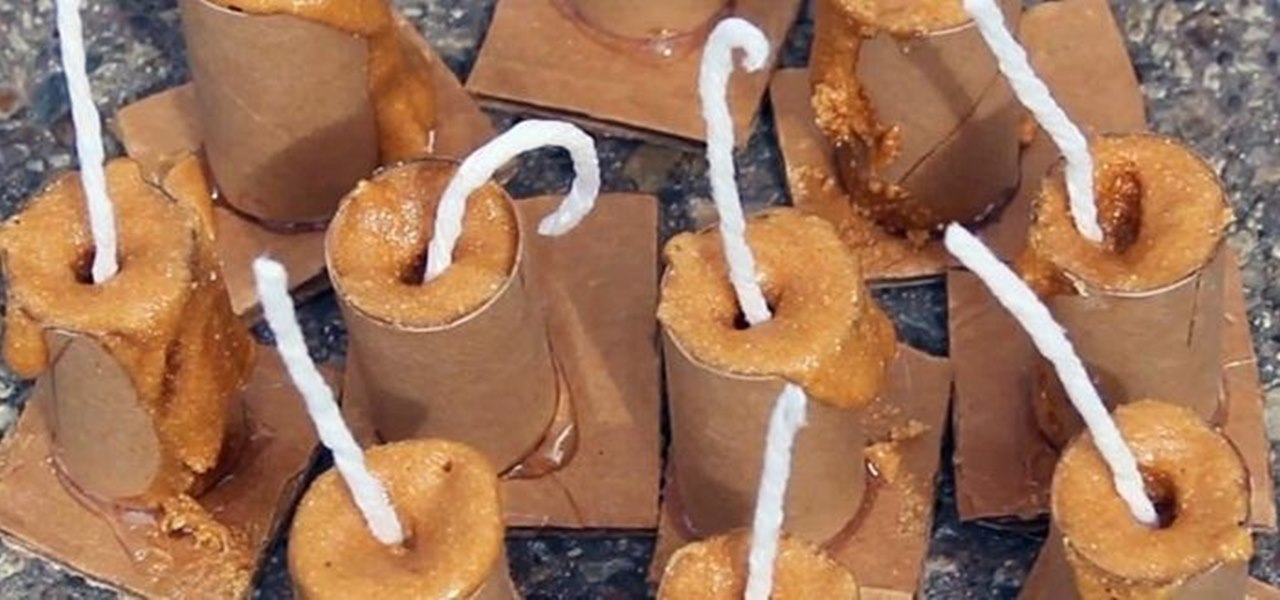
How To: Make Homemade Smoke Flares with Fuses
Here's a technique I used to whip up a batch of super cheap and easy to make smoke flares! WARNING: Ignition of an incendiary or explosive material may not be legal in your area, so check local laws before attempting. Use of this video content is at your own risk.

How To: Use a Funnel and Butane Torch to Make a Huge Corn-Flour Fireball
One of the coolest things about chemical reactions is that they can be so unexpected. I mean, who would think you can make water explode?
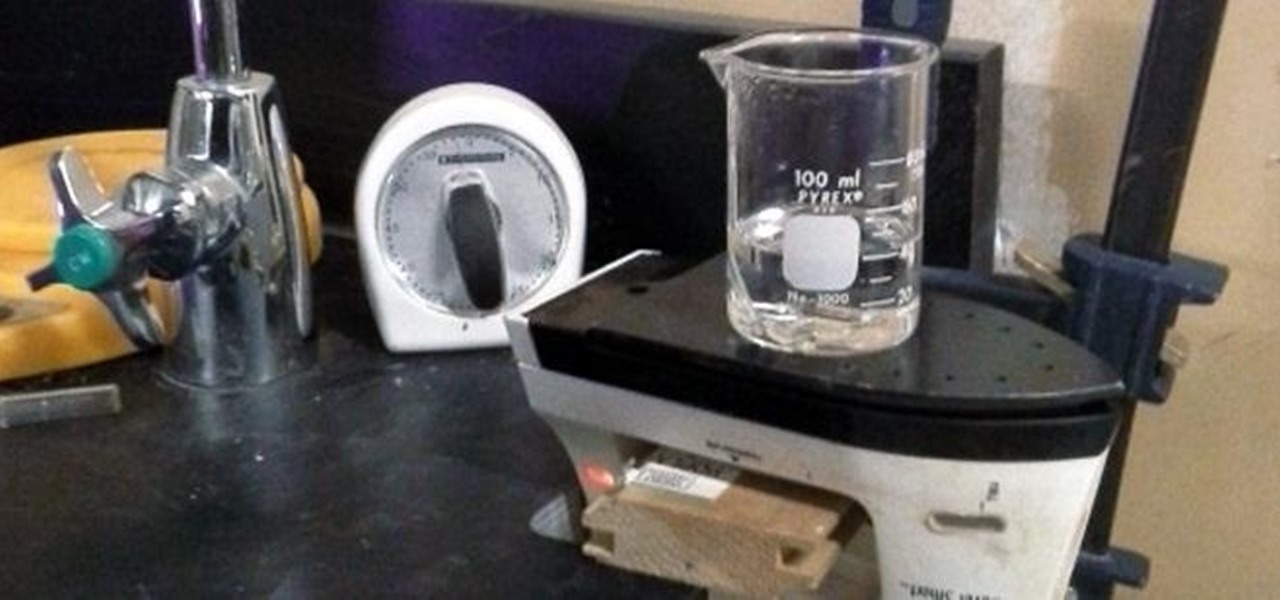
How To: Need a Hot Plate? Use an Iron as a Quick (And Free) DIY Alternative
If you're the kind of person who frequently does science experiments at home, you probably have a hot plate. But if you're more of an occasional amateur scientist (or just don't want to buy one), it's much easier to hack your own.
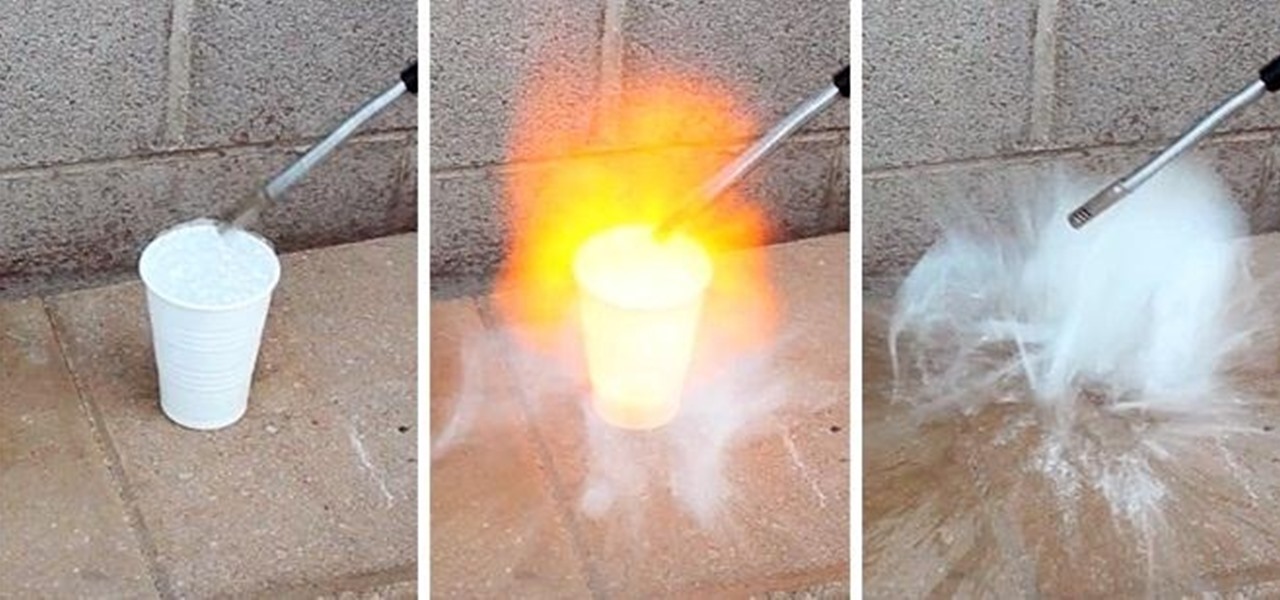
How To: Turn Ordinary Water into Explosive Gas That Goes KABOOM!
Maybe not water per-se, but with this simple technique you can turn one of the most abundant materials on earth into a highly explosive gas.
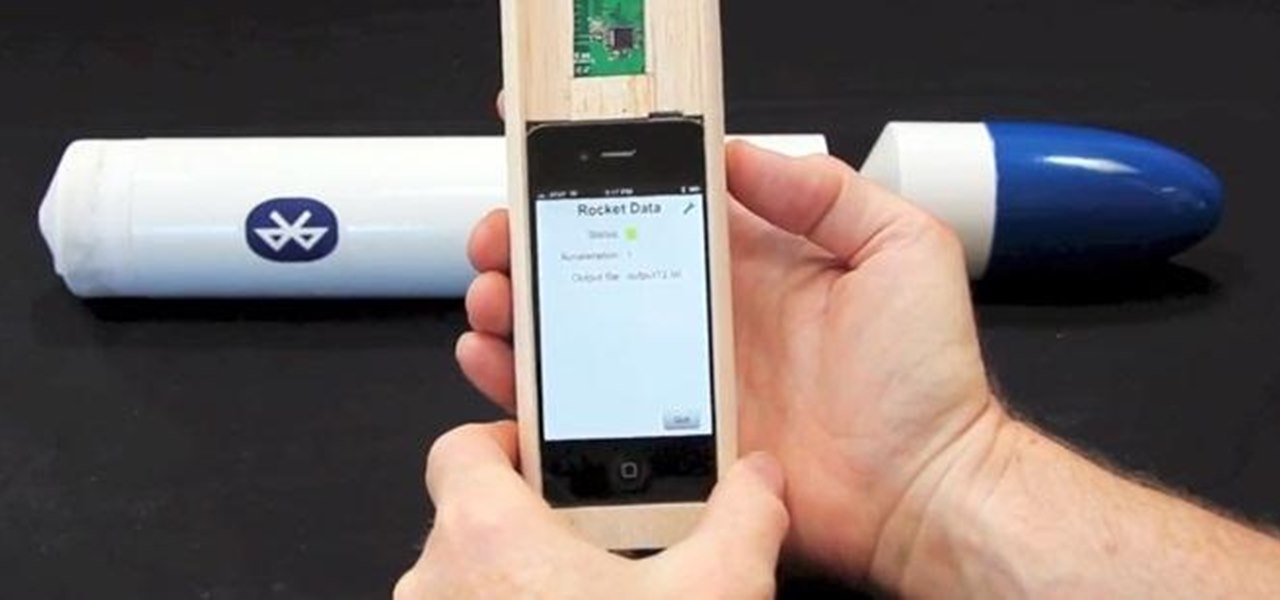
How To: Want Detailed Flight Data for Your Backyard Rocket? Use Your iPhone
Rockets will always be cool no matter what age you are, and building your own rocket is even better. If you have an iPhone that you aren't afraid to blast off into the sky, then you can try and build your own iPhone Rocket to record and analyze flight data, like Byte Works did. The list of parts is a little hefty, but their blog provides you with all of the information you need to make sure you have everything. The most important thing you need is the sensor tag, so that you can record the am...
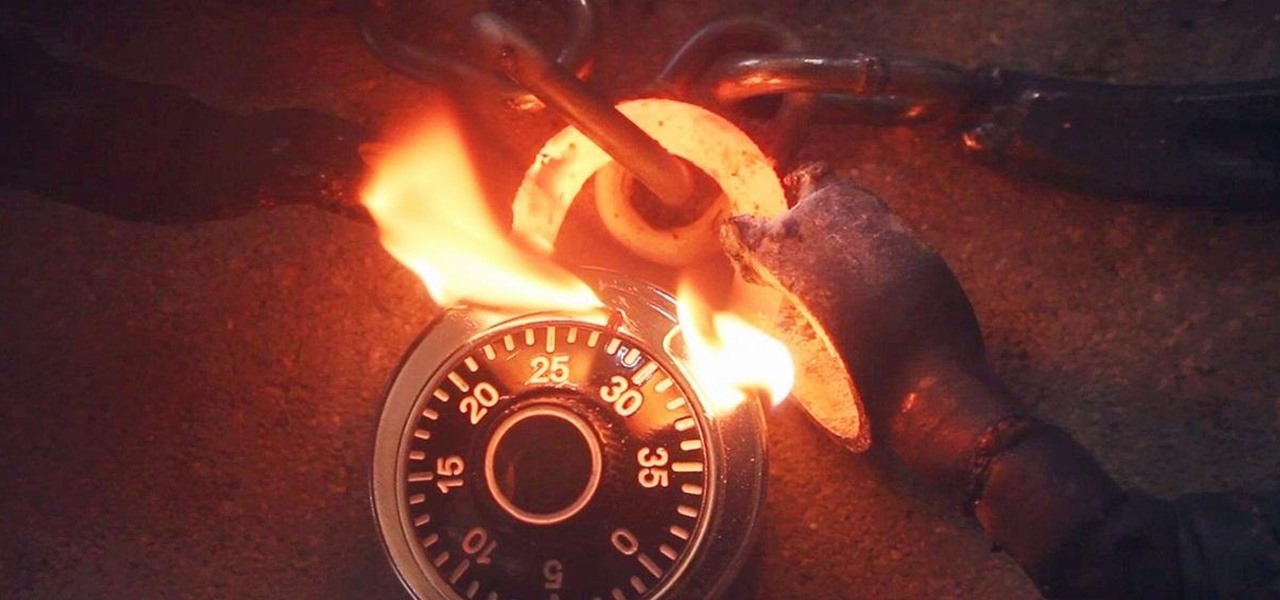
How To: Melt Metal with a Modified Microwave Oven Transformer
In a previous project, I showed how to build an electrical Jacob's ladder using an old microwave oven transformer (MOT). In this project, I modified the secondary coil on the MOT, which converts it from a high voltage/low current device into a low voltage/high current metal melter!
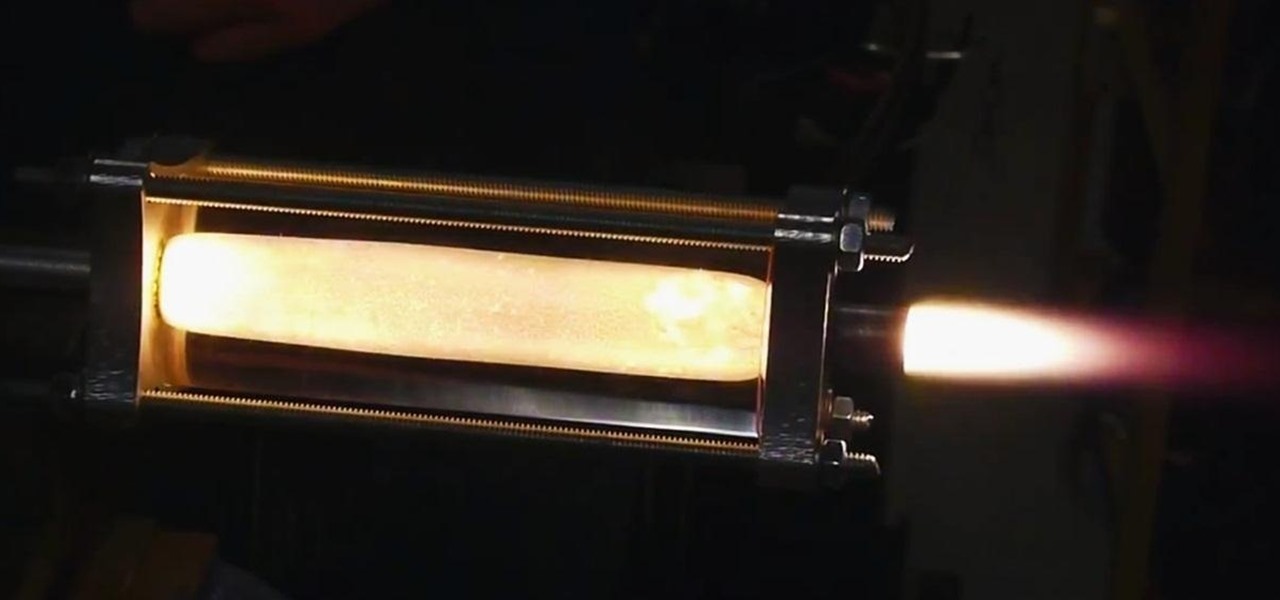
How To: See-Through DIY Rocket Engine Lets You Watch Fuel Combustion in Action
Ever wondered what the inside of a burning rocket looks like? Well, thanks to Valve engineer Ben Krasnow, now we know. He built a homemade hybrid rocket engine that's see-through so you can actually watch how it works. And even though it's probably a really bad idea to try this at home, he made a video so you can build one, too. Just don't say I didn't warn you.
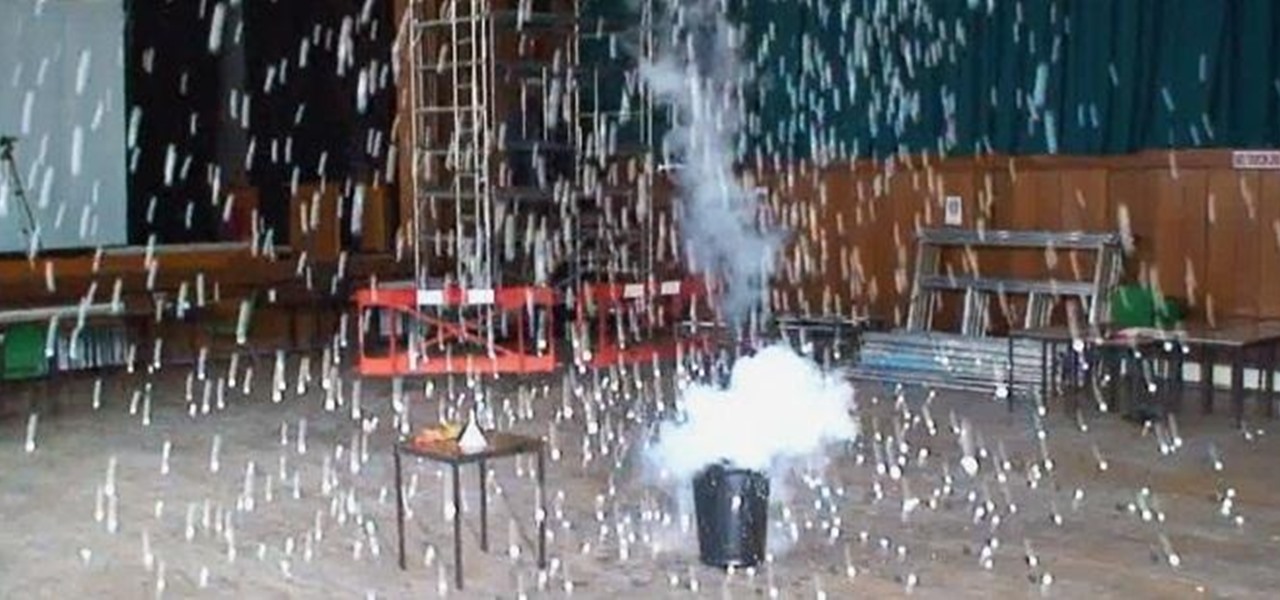
How To: Launch 1,500 Ping Pong Balls into the Air with a Homemade Liquid Nitrogen Bomb
You can do a lot with liquid nitrogen, including freeze and shatter gummy bears, make homemade Dippin' Dots, and scare the crap out of your friends by dipping your hand in it! If you can't get your hands on any, you can even make it yourself. Or, if you want to try something a little more destructive, you can use it to make an explosion and send 1,500 ping pong balls flying.

How To: Are Your Gadgets Safe from Solar Storms and Nuclear Attacks?
It's September 1st, 1859, and the Earth looks more or less like something out of an apocalyptic movie or Sci-Fi novel. All communications have failed, it's so bright outside at midnight that people are getting up and making breakfast, and people all over the world are seeing auroras. The solar storm that produced the electromagnetic pulse and caused all this mayhem is known as the Carrington Event, and storms like it happen about about once every century.
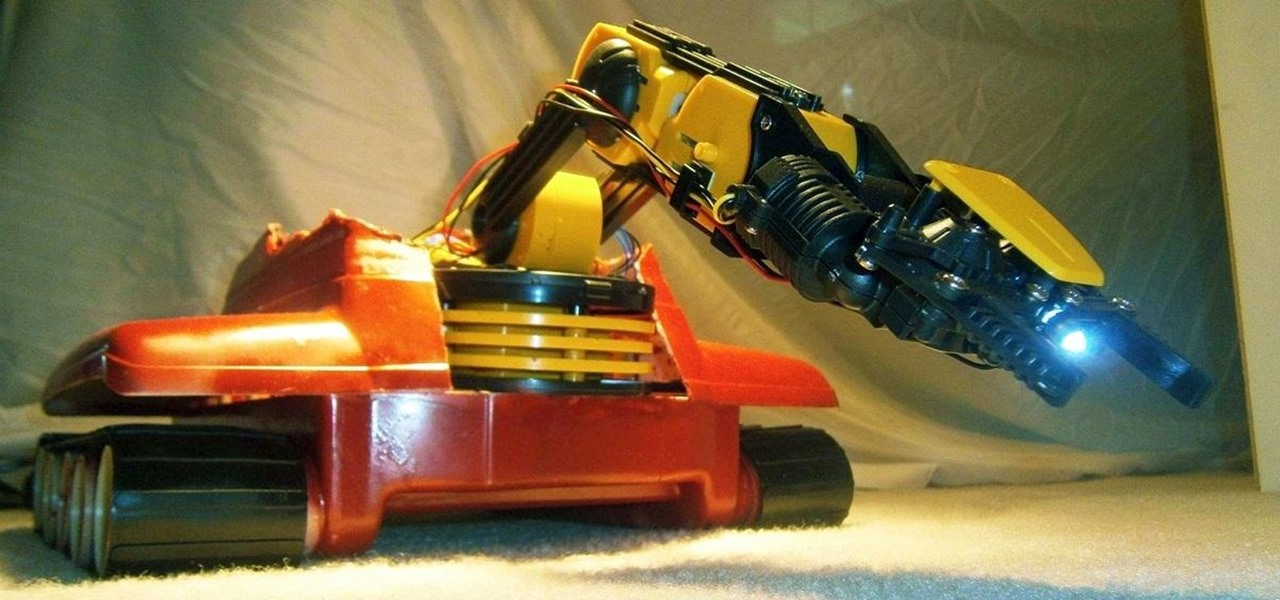
How To: Build a Bomb-Defusing Robot Tank for the Revolution
War leaves a lot of stuff behind. Torn families, delegitimized institutions, mass graves, and unexploded ordinances litter the post occupation landscape. Whether or not you have driven the imperialist out, or are still in the phase of armed resistance, you will need the ability to safely diffuse bombs. My bomb defusing Silvia-bot can do it all. She can catch grasshoppers, cut wires, collect samples, tase enemies and even play chess! Materials
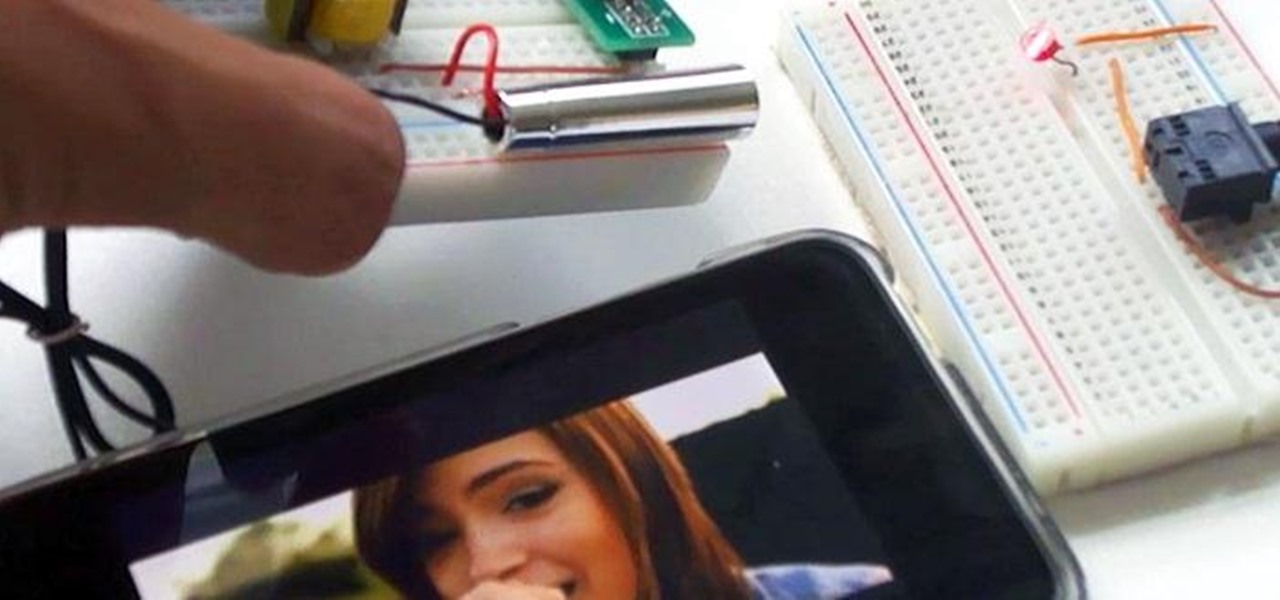
How To: Send Your Secret Spy Messages Wirelessly Through Light with This DIY Laser Audio Transmitter
Looking to transmit some super-secret audio communications to your other spy buddies? A laser is the perfect tool for getting your sounds heard from a small distance—without anyone intercepting them— even if it's just a cover of your favorite pop song. A laser audio transmitter uses light rather than radio waves to transmit sound. This is a much more secure way to send audio communications because the laser is a focused beam of light, whereas radio waves are not controlled, so they can be pic...
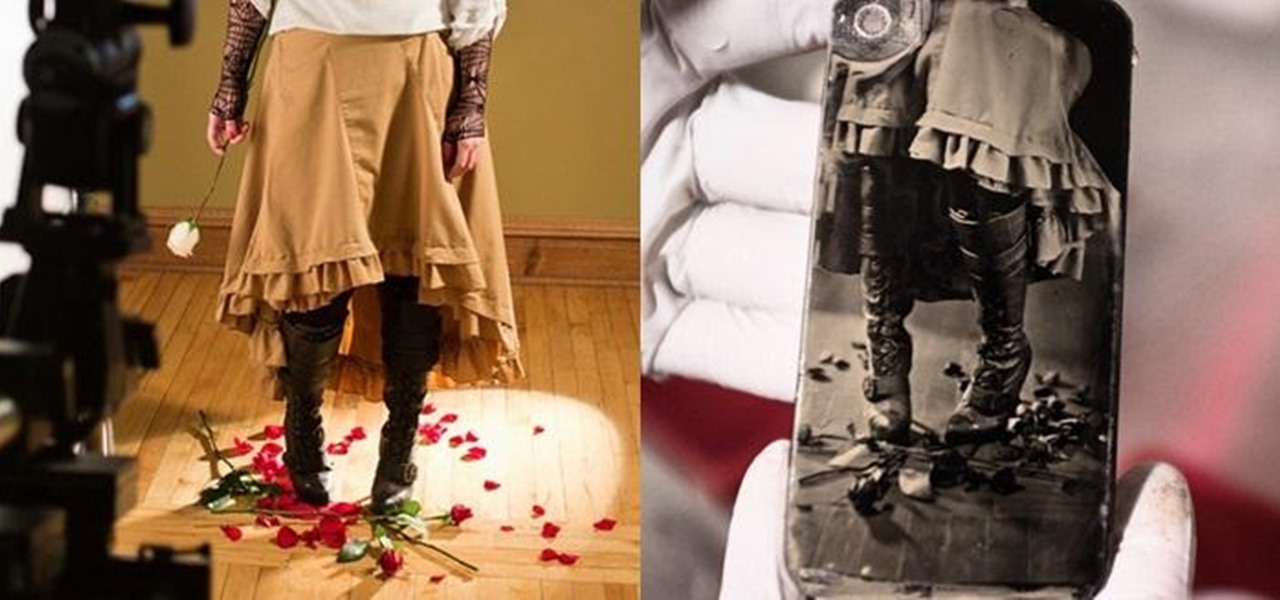
How To: Turn Your iPhone's Glass Back Panel into a Vintage Wet Collodion Photo Plate
Collodion—it's one of those things that you probably never heard of before, but have actually come across many times in life. It's used for all kinds of applications, from photography to special effects, and it even has a few medical uses. So, what exactly is collodion? Photo by Bostick & Sullivan

How To: DIY Flanagan Neurophone Lets You 'Hear' Sounds Through Your Skin
In 1958, Patrick Flanagan invented the Neurophone, a device patented in 1962 that allows radio signals to be picked up by the human nervous system. The skin is the organ that receives the signal, converting it into a modulated molecular vibration, which the brain interprets into sound. Basically, it gives one the ability to 'hear' through the skin, making it sound like the audio you're hearing is actually in your head. It's kind of like having headphones in your brain. The only problem was th...

How To: Make a Digital "Magic Mirror" That You Can Control from Your Phone
Fool your friends, scare your cat, play a game while also admiring your physique! This "magic" mirror lets you do all that and more by letting you display words, pictures, videos, and even some games—all controllable through a mobile phone.
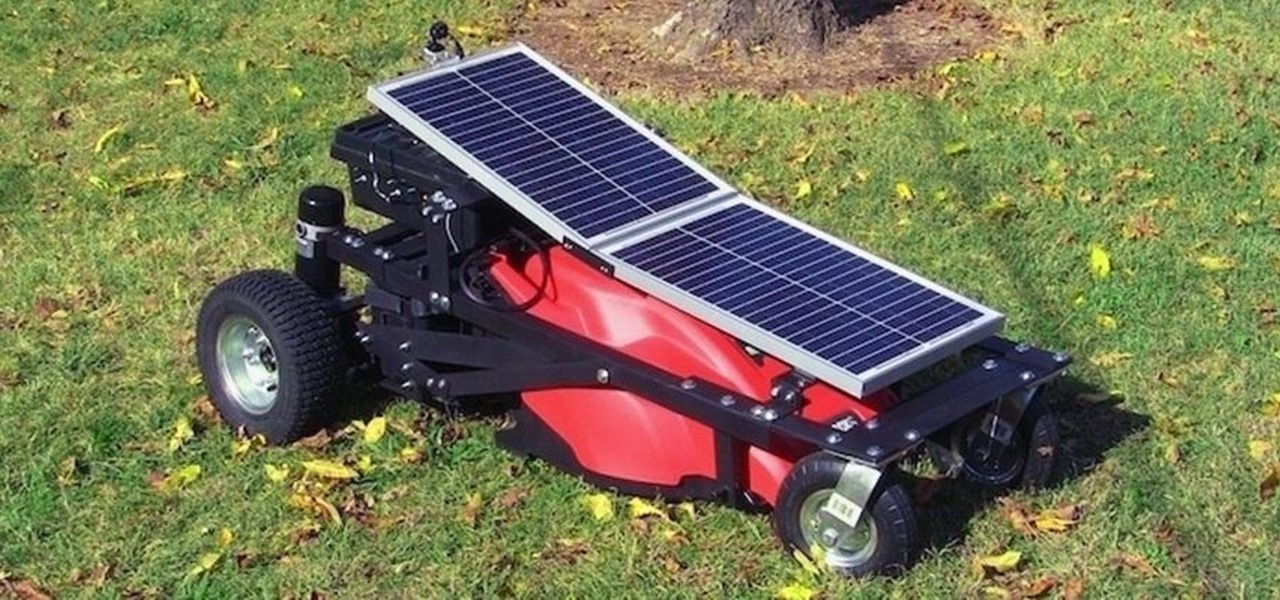
How To: DIY Solar-Powered, RC Lawn Mower: Cut Your Grass Without Ever Leaving the Couch!
One of the most annoying things about summer is mowing the lawn. Depending on how big your yard is, it can mean spending hours out in the hot sun while you could be doing something a lot more fun like watching the Olympics or making giant soap bubbles. Reclaim your summer with this remote control lawn mower that does all the hard work for you.
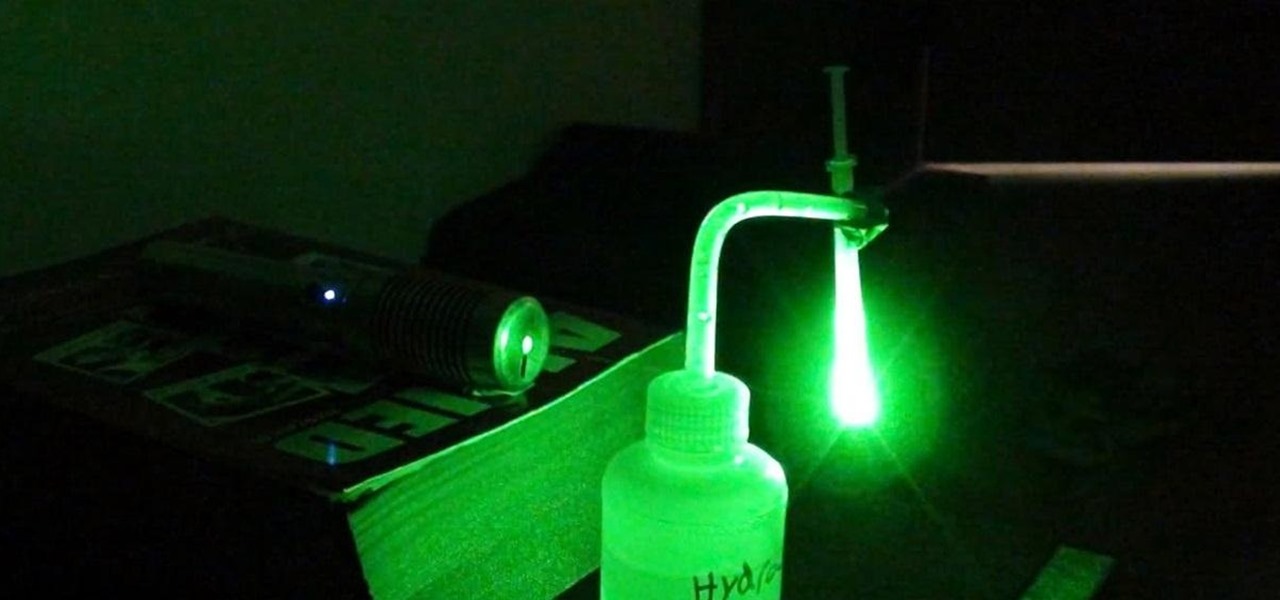
How To: Build Your Own Projection Microscope with a Syringe, Laser Pointer, and Drop of Water
Have you ever wondered what sort of microscopic critters are floating around in your water? Well, you can find out with just a few bucks worth of materials and a laser pointer. Really. That's all it takes to build your very own homemade laser projection microscope, aka a water drop projector.

How To: Turn Water into Fuel by Building This DIY Oxyhydrogen Generator
Here's how to build a sexy looking water-fuel generator that will convert your tap water into an extremely powerful, clean burning gas!

How To: Make Super Fizzy Carbonated Beverages at Home with Dry Ice
Want to make your own soda or maybe just bring a dull one back to life? Homemade sodas don't always live up to the store bought ones because they can taste flat by comparison. This quick and easy method makes super fizzy drinks with only four ingredients. Because putting dry ice in a sealed bottle would effectively turn it into a bomb, you'll need to make a safety valve for the bottle.
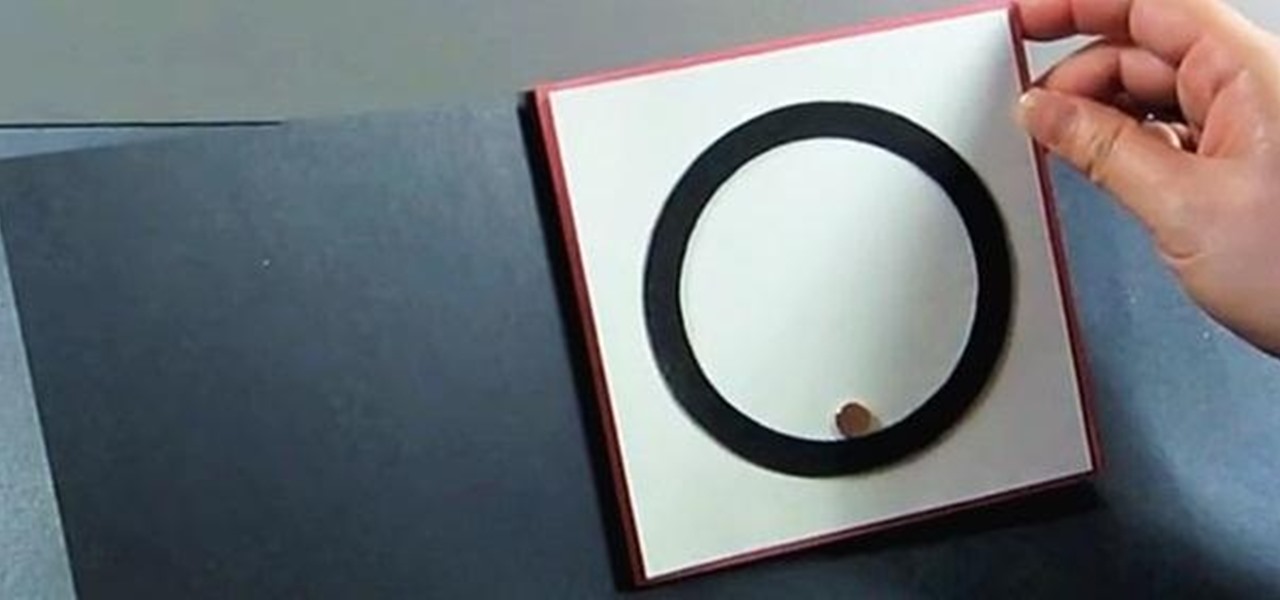
How To: Make Your Art More 'Attractive' with Some DIY Magnetic Ink
Magnetic ink is generally used by the banking industry to allow computers to read information off of a check, but that doesn't mean you can't have some fun with it. The guys over at openMaterials have figured out a great recipe for a DIY magnetic ink that you can use for an interesting art project—or just to mess around.
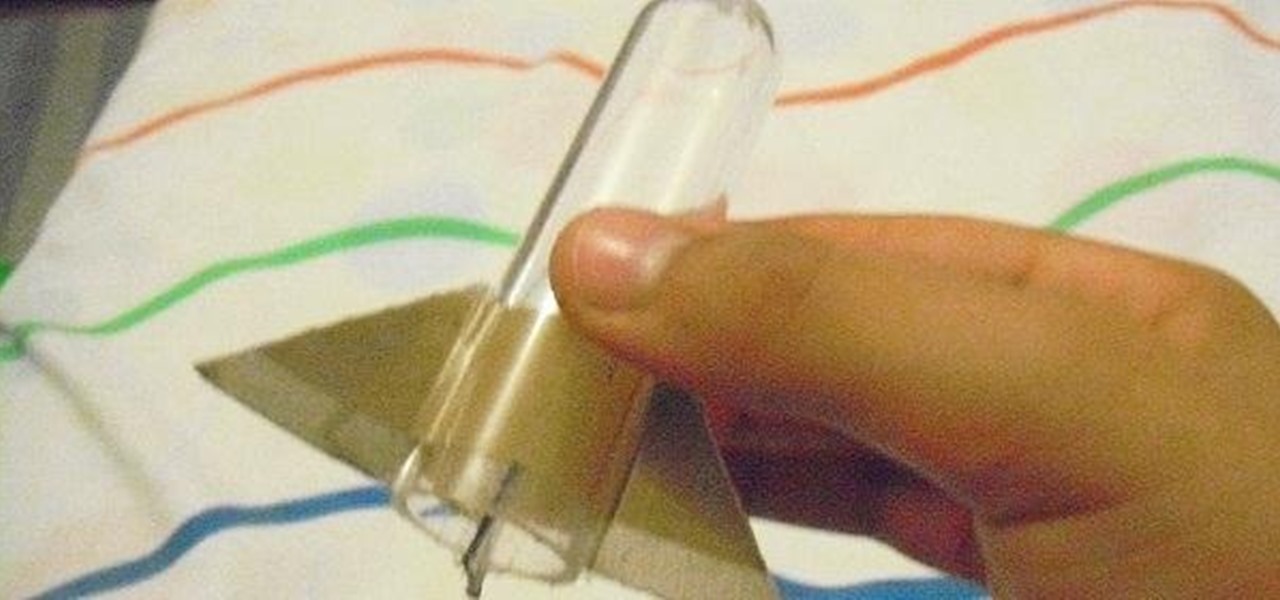
How To: Launch Tiny Test Tube Rockets in Your Backyard with Just Baking Soda and Vinegar
Nothing to do this summer? Then spark things up with a little baking soda and some vinegar and make a tiny, working rocket. Best of all—you probably already have most of the materials and ingredients lying around the house. What You'll Need
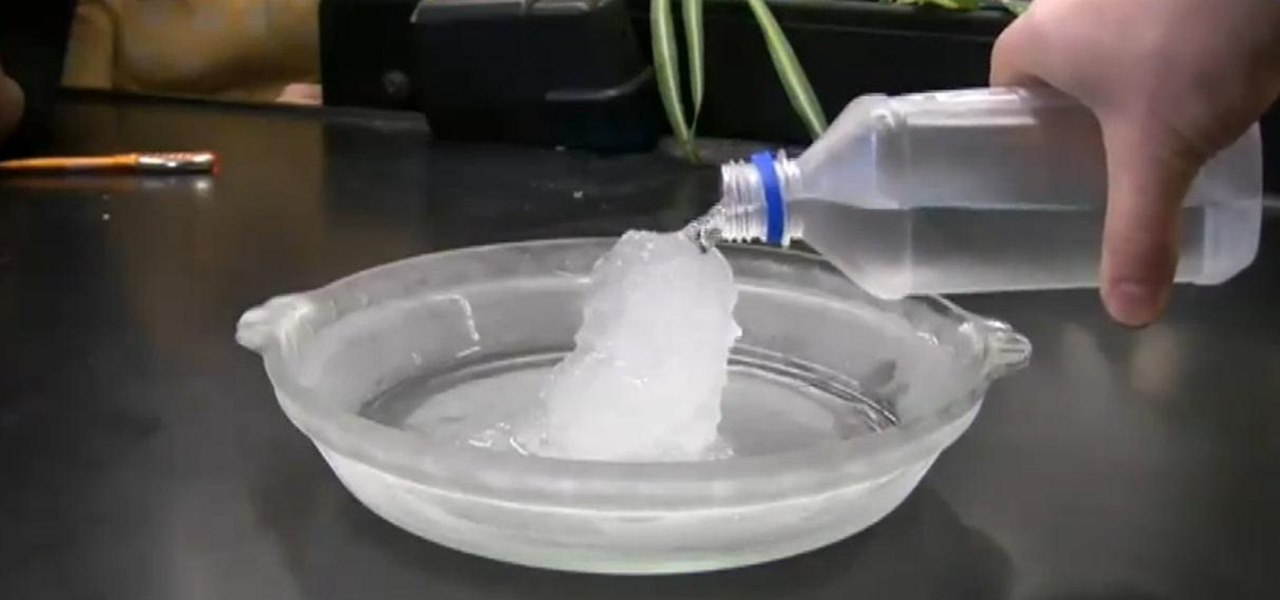
Supercool Science Trick: How to Turn Water into Ice on Command
This is an awesome little science trick that has to be seen to be believed. Simply by emptying a bottle of "supercooled" water into a glass, you can watch it turn into ice right as your pour! It's no magic trick or chemical craziness—it's normal water and you can try it yourself right in your own home.

Elementary Sputnik Satellites: How to Make Trash Bag Hot Air Balloons
Sputnik was the very first man-made object to be sent into space. Though it was a truly epic accomplishment, all this Soviet sky surfer actually did was transmit a constant beeping noise back to the surface.
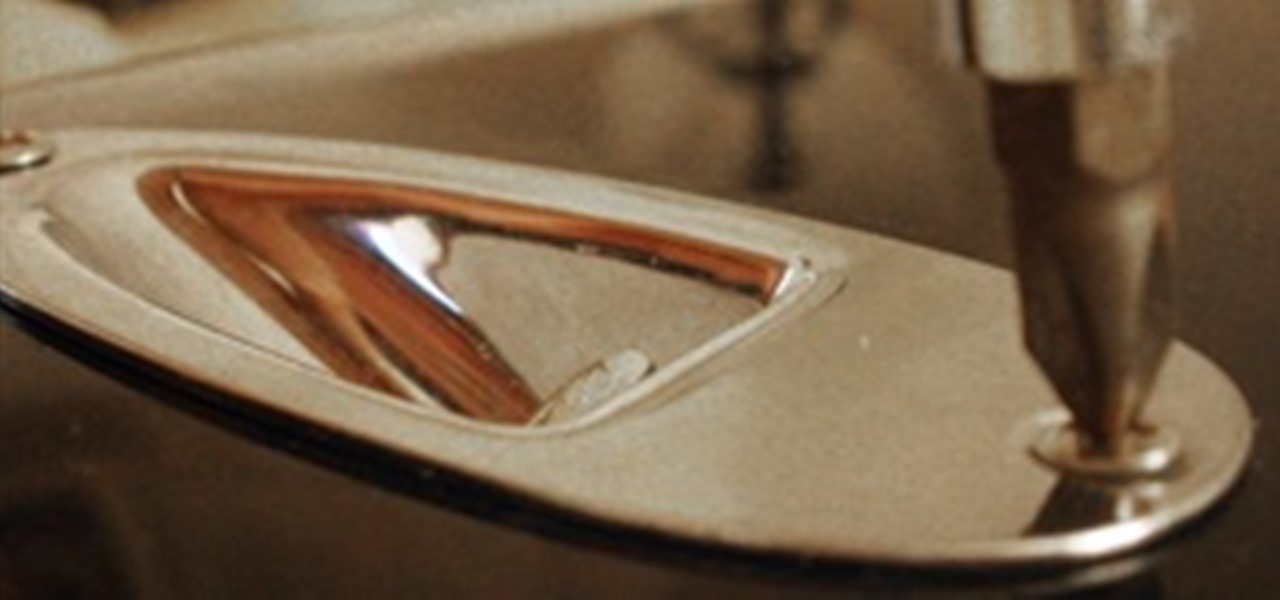
How To: Noob-Proof Your Electric Guitar with This Undetectable Magnetic Jack Lock
The guitar is a double-edged sword. I've played all my life, and though I love the act of guitar playing, there are quite a few people I could live with never hearing play again—ever.

How To: Bring Your Dead Phone Battery Back to Life with a Portable Solar-Powered Cell Phone Charger
What's the first thing you would do once you realized you were lost in, say, a desert? If you're like me, you would immediately pull out your cell phone and start dialing every number. But what if you have no service? What if your battery is dead?

How To: How Hard Is It to Land on the Moon? New Space Game Gravitates Towards Space Physics
If you're like me, you were disappointed when NASA cut their human space flight program. No longer could children and adults in dead-end jobs dream of someday walking on the surface of the Moon or drinking floating globules of water through a straw. Homo sapiens as a species are still making it up there, but I will never be one of the chosen ones.
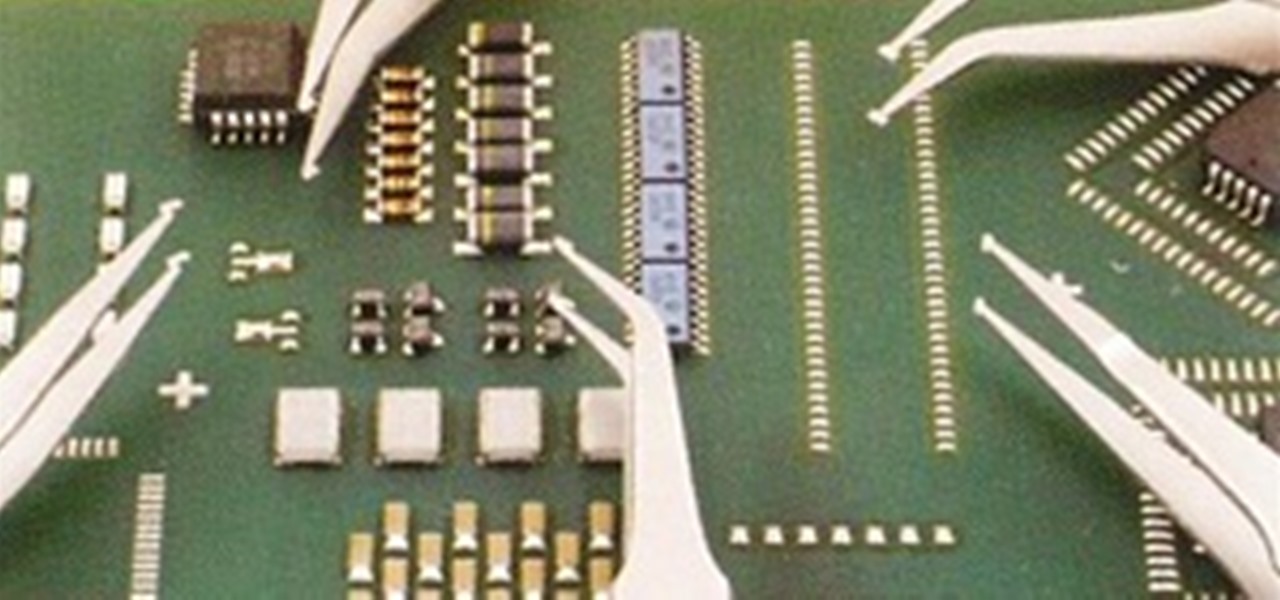
How To: Make Surface-Mount Electronics at Home for Smaller, Cheaper DIY Gadgets
Whenever we make a homemade circuit, we use what are called through-hole components. Any components with long metal leads is a through-hole component. They are great for soldering to, but it's tough to fit enough through-hole resistors and capacitors into a smartphone. To get those last microns, we have surface-mount components for SMDs (surface-mount devices). These are all of those teeny, tiny things you see when you crack open your digital camera or laptop case.





